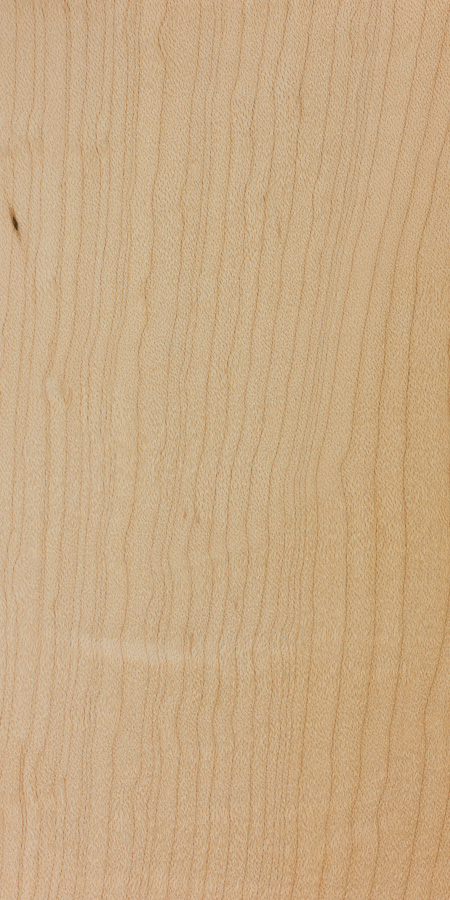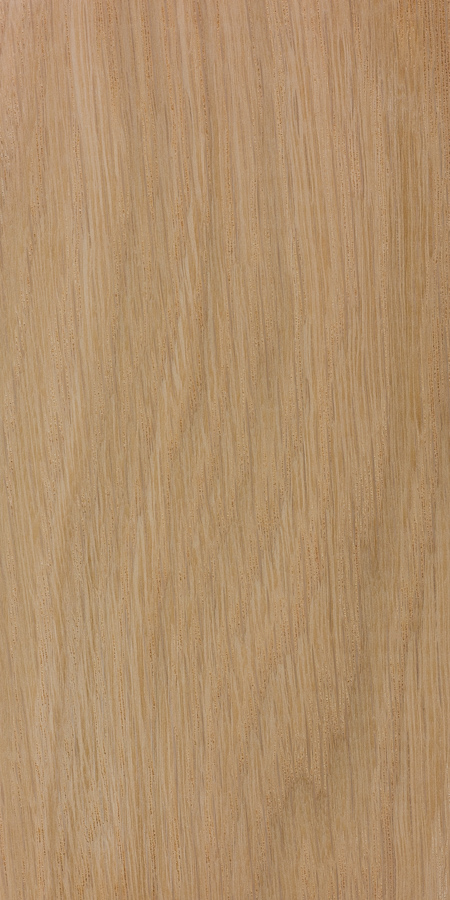Woods
- Basswood: Soft, easy to carve, with a fine grain. Ideal for beginners.
- Pine: Soft and affordable, but can be tricky due to its uneven grain.
- Butternut: Soft, with a coarse grain, easy to carve and good for detailed work.
- Walnut: Harder wood, beautiful grain, suited for advanced carvers.
- Oak: Hard and durable, with a pronounced grain. Requires sharp tools and experience.
- Cherry: Medium hardness, carves smoothly, and finishes beautifully.
- Mahogany: Medium to hard, known for its rich colour and smooth grain.
- Maple: Very hard, with a fine grain. Challenging but rewarding for experienced carvers.
Basswood: Light-brown wood from any of several trees of the genus Tilia, having a straight grain and easily worked. Linden wood is used for furniture and cabinets. Its particular structural character lends itself well to carving, allowing tools to be used both along the grain and to some extent axially. Because linden wood is soft and workable, it has been used since the 1500s for decorative items with intricate carvings, such as picture frames and sculptures. Despite its relative cost, it was the most common wood used for sculpture in Germany. During the late 15th and early 16th centuries, limewood was the preferred material for the genre of the winged altarpiece.

Butternut (a.k.a. white walnut): Soft, yellowish-grey wood with a coarse grain from the species Juglans cinerea, ranging in colour from light chestnut brown with darker zones in the heartwood to pale yellow or white in the sapwood. It polishes well and has been used for carving, furniture, and interior millwork.

Cherry wood: General term referring to wood of several species of the genus Prunus native to Asia, Europe, and North America. The close, even-grain wood is strong and smells like roses when freshly cut. It is brownish to light red but darkens on exposure. Cherry wood takes a high polish and is valued for instrument cases, furniture, veneers, cabinetry, turnery, and decorative items. It was formerly used for aeroplane propellers.

Mahogany: Refers to the wood of trees of the genus Swietenia, found in tropical climates, primarily in Mexico, Cuba, Central America, and the West Indies. It varies in colour from yellow to a rich red-brown and is valued in furniture-making and sculpture-carving because it is hard, fine-grained, and takes a high polish. Mahogany has a fine, straight grain that takes a high polish. It is dimensionally stable and does not shrink, warp, or swell. The durable, dark reddish-brown wood was imported to Europe in the 18th century where it became popular for furniture, panelling and veneer. Ammonia brings out a rich, red colour in mahogany wood. Mahogany is frequently attacked by pinhole borer beetles. Many kinds of wood of similar colours have also been called mahoganies, but usually do not have the rich colour or fine cutting characteristics of the true mahogany wood. However, the related African genus Khaya produces a similar wood. Mahogany was used by Chippendale, Hepplewhite, and the Adam brothers for high-quality furniture.

Maple: Wood of trees belonging to the genus Acer, light reddish brown, with small pores, distinct rings, and rays that show as fine dashes in quarter sawed wood. Maple wood is used for fine furniture, cabinetry, flooring, shoe lasts, and musical instruments.

Oak: Wood of trees belonging to the genus Quercus, of the beech family. It is a durable wood that has a distinctive coarse grain, used in cabinetry, flooring, panelling, musical instruments, ship interiors and mouldings, panel painting, and sculptures.

Pinewood: Wood from numerous trees of the genus Pinus. Pine is used largely in the construction and paper industries, although it is also a source of turpentine, resins, and oils, among other products.

Walnut: Wood of several trees belonging to the genus Juglans, ranging in colour from grey-brown to purple-brown, used in making cabinetwork, veneer, butts and rifle stocks.
